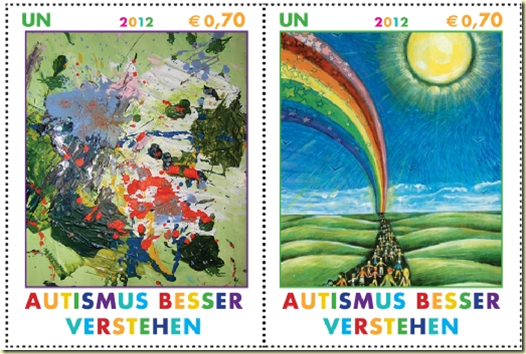A latency period preceding neurotoxicity is a common characteristic in the dose-response relationship induced by organic mercury. Latency periods have typically been observed with genotoxicants in carcinogenesis, with cancer being manifested a long time after the initiating event. These observations indicate that even a very small dose may cause extensive adverse effects later in life, so the toxicity of the genotoxic compound is dose and time-dependent. In children, methylmercury exposure during pregnancy (in utero) has been associated with delays in reaching developmental milestones (e.g., age at first walking) and decreases in intelligence, increasing in severity with increasing exposure. Ethylmercury exposure from thimerosal in some vaccines has been associated, in some studies, with autism and other neurological disorders in children. In this paper, we have examined whether dose-response data from in vitro and in vivo organic mercury toxicity studies fit the Druckrey-Küpfmüller equation c·tn = constant (c = exposure concentration, t = latency period), first established for genotoxic carcinogens, and whether or not irreversible effects are enhanced by time of exposure (n≥ 1), or else toxic effects are dose-dependent while time has only minor influence on the adverse outcome (n < 1). The mode of action underlying time-dependent toxicity is irreversible binding to critical receptors causing adverse and cumulative effects. The results indicate that the Druckrey-Küpfmüller equation describes well the dose-response characteristics of organic mercury induced neurotoxic effects. This amounts to a paradigm shift in chemical risk assessment of mercurial compounds and highlights that it is vital to perform toxicity testing geared to investigate time-dependent effects.
Source:
J. Pletz, F. Sánchez-Bayo, H. A. Tennekes (2016) Dose-response analysis indicating time-dependent neurotoxicity caused by organic and inorganic mercury—Implications for toxic effects in the developing brain. Toxicology 347, 1–5
http://www.sciencedirect.com/science/article/pii/S0300483X16300178

- Login om te reageren

Something must have gone badly wrong in our perception of risk
The threshold concept is compounded by the observation that non-genotoxic chemicals (neonics, mercury) may show dose-response relationships identical to that of an alkylating N-nitroso carcinogen such as diethylnitrosamine. The essence of the common dose-response relationship is that the total dose required to produce a defined effect decreases with time suggesting that effects are reinforced by time. Clearly, something must have gone badly wrong in our perception of risk. Why do leading toxicology textbooks assume a threshold for the former and no threshold for the latter when their dose – response relationships are identical? At least one of the two concepts must be flawed. From a mechanistic point of view, the common denominator of the dose-response relationship is irreversibility of receptor binding and irreversibility of the associated effect. If the linear non-threshold (LNT) dose response model holds for diethylnitrosamine, the implication is that the risks of neonics and organic mercury have been seriously underestimated with thresholds (also known as acceptable daily intakes) below which no adverse effects were presumed to occur. In view of the observed decimation of insects and insectivores and the exponential rise of neurological disorders in young children over the last couple of decades the likelihood is that rigid application of the Paracelsus paradigm dosis sola facit venenum ('only the dose determines the poison') has caused one of the greatest tragedies in the history of the chemical industry. A complete revision of risk assessment focussing on the analysis of time-dependent toxicity and the mechanism of toxic action is urgently required.